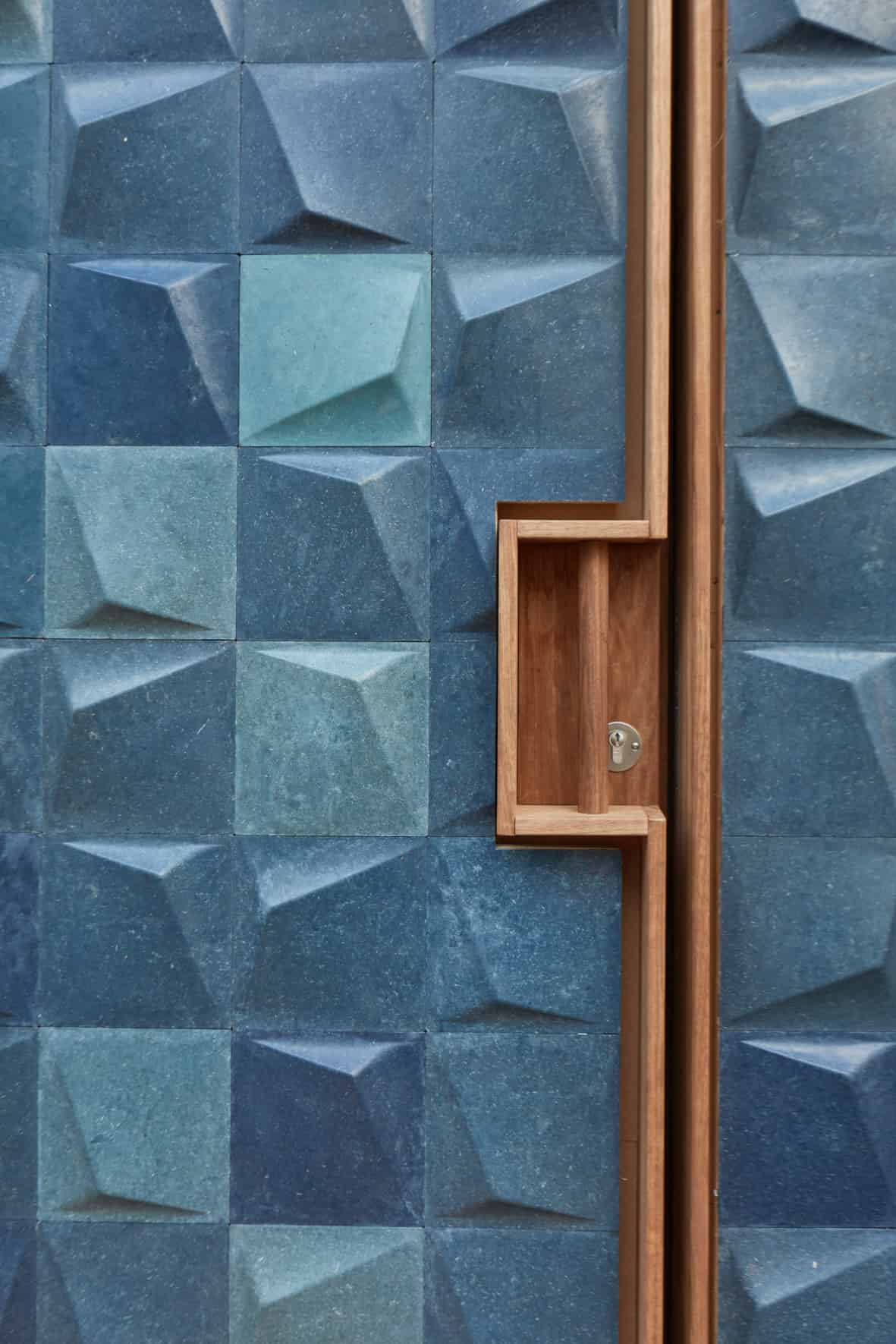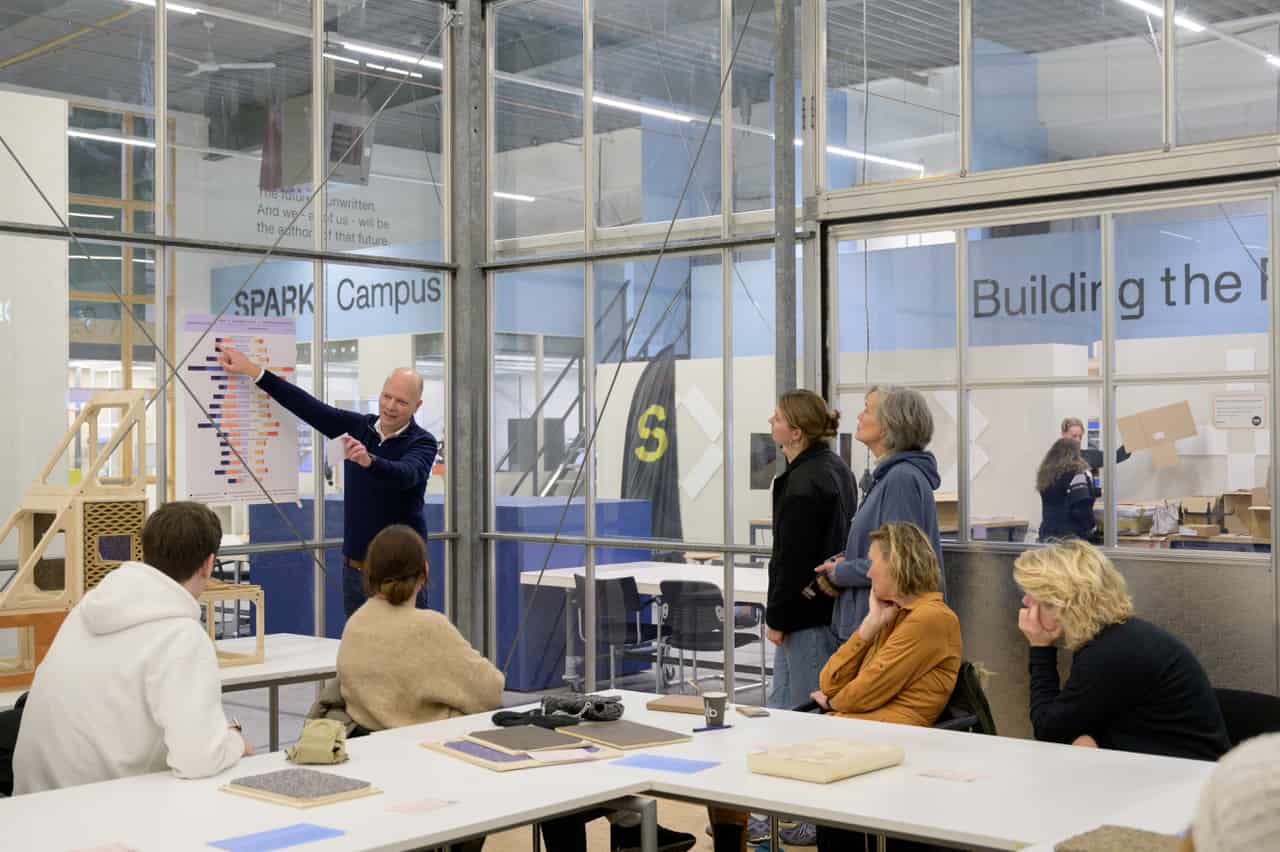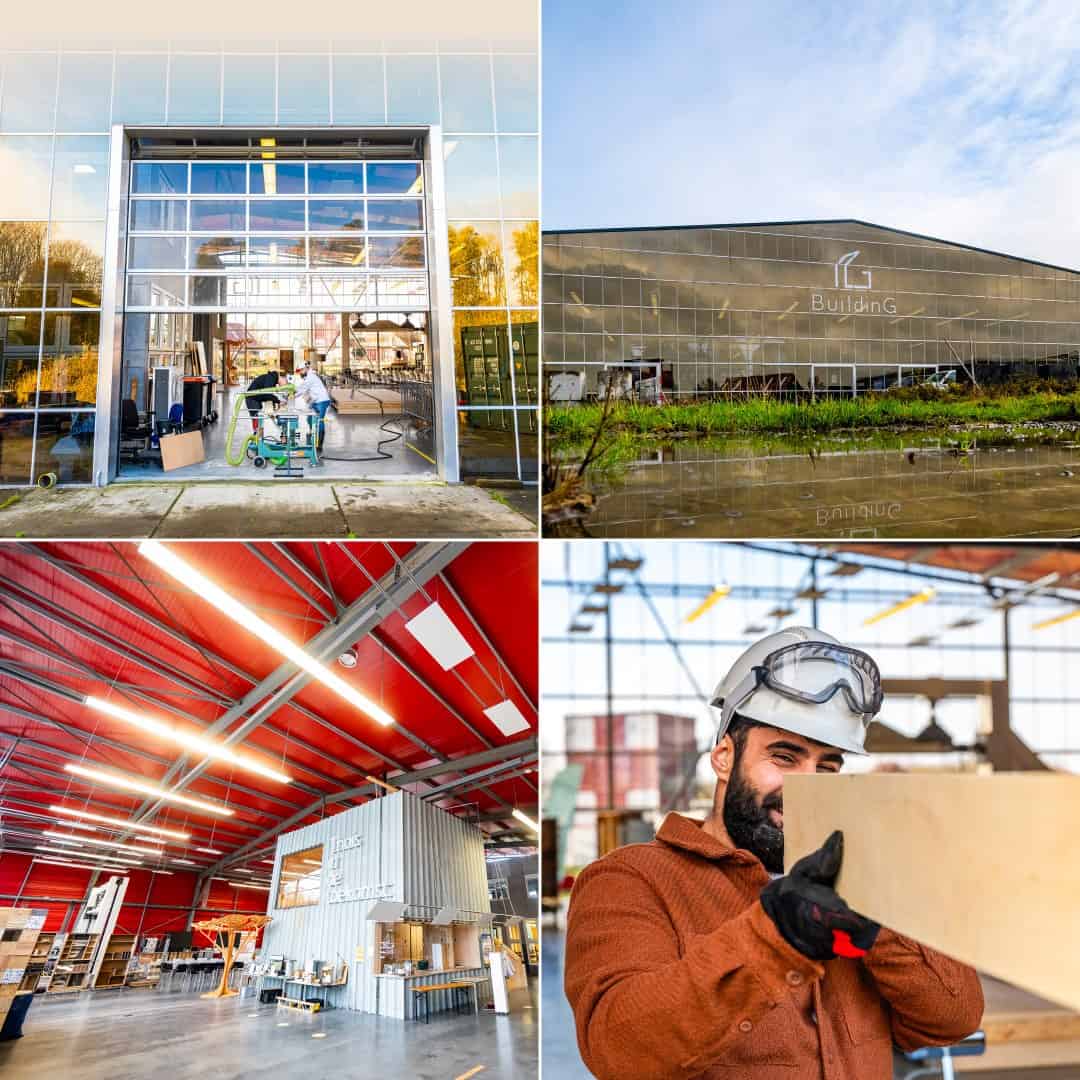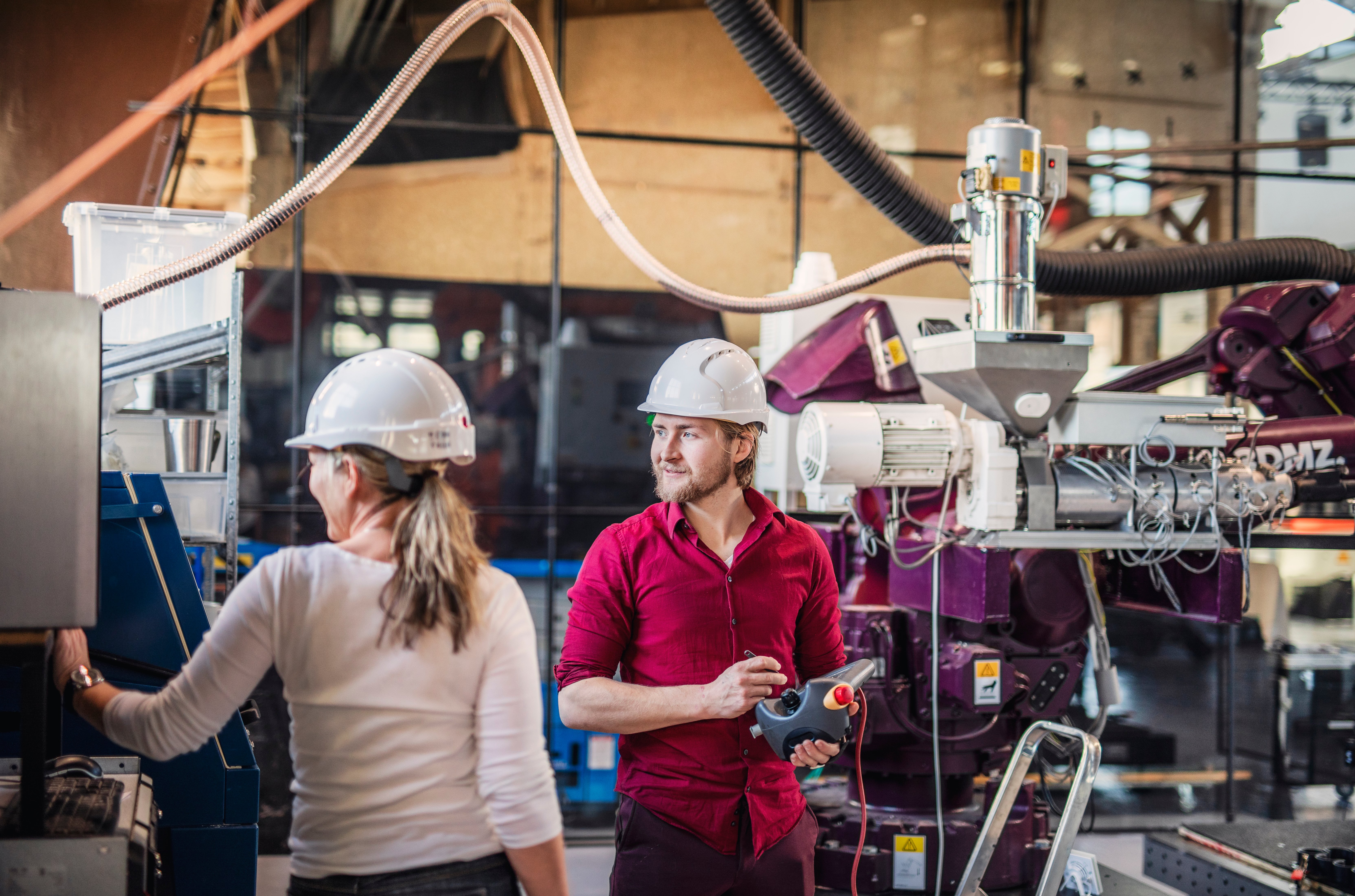
Discarded pizza boxes, tissues, diapers: Some see it as waste, others make grateful use of them. Recell Group of Groningen is greening the business chain by converting cellulose from waste streams into raw materials for the construction, infrastructure and chemical industries. “Sustainable concrete blocks, cladding, cleaning products: A multitude of applications are possible,” says Jasmyn Minnema, Quality and Marketing Manager at Recell.
Residual waste streams
Reducing waste and reclaiming valuable resources are essential components for a sustainable future. Yet residual waste streams, such as industrial waste or sewage, are not always put to optimal use. Recell is changing that.
“Take waste paper, for example – a used pizza box. Only part of that is recyclable,” Minnema explains. “The pizza box is greasy and therefore cannot be included in the regular paper stream to be recycled. They are usually tossed into the incinerator. That’s a shame, because you can often make many new valuable end products from substances from this waste. For instance, we extract cellulose from waste streams.” Conventional cellulose production usually involves cutting down trees, which is harmful to the environment. The cellulose from Recell is consequently a more sustainable alternative.

The process
Cellvation, a subsidiary of the Recell Group and Cirtec, is entrusted with extracting cellulose from waste streams that Recell ultimately puts to use. It works as follows: Sewage is brought into a treatment plant. It first flows through a coarse screen that removes large particles from the water. Then the water is pumped through a sand trap to separate out sinkable solids. That’s also where the Cellvation process begins. The remaining wastewater basically passes through a so-called cellulose washer that separates cellulose fibers from other particles. The cellulose fibers are then disposed of and further processed and filtered. These are ultimately made into environmentally friendly raw materials.
Applications
Recell is worked into facade panels, flower pots, street furniture and crates and boxes, among other things. The Province of Groningen is supporting one of the projects of Recell. It awarded a grant to the company for a project that converts cellulose streams from wastewater into lactic acid, which is an important ingredient for sustainable cleaning products. The project was launched this year.
Cellulose can also be used in products that replace regular concrete. The cement industry is not as well known for greenhouse gas emissions as agriculture or transport. Still, cement is one of the most polluting industrial sectors, accounting for about six percent of total human CO2 emissions.
The sustainable cellulose from Recell is being developed by Omlab, a biobased design and project studio. The company is also working on developing a variant for sustainable concrete that is biodegradable and which also does not involve the addition of fossil minerals. These are 3D printed building blocks – BuildMaterial – which are as strong as gypsum blocks.
‘Holding onto a planet ’
The mission is to convert all cellulose that is extracted from waste streams in Europe into products for a wide variety of markets by 2030. ” That ultimately will mean a huge reduction in CO2 for the whole of Europe. This way, we will hopefully have a green planet left over in the future,” Minnema says in conclusion.









